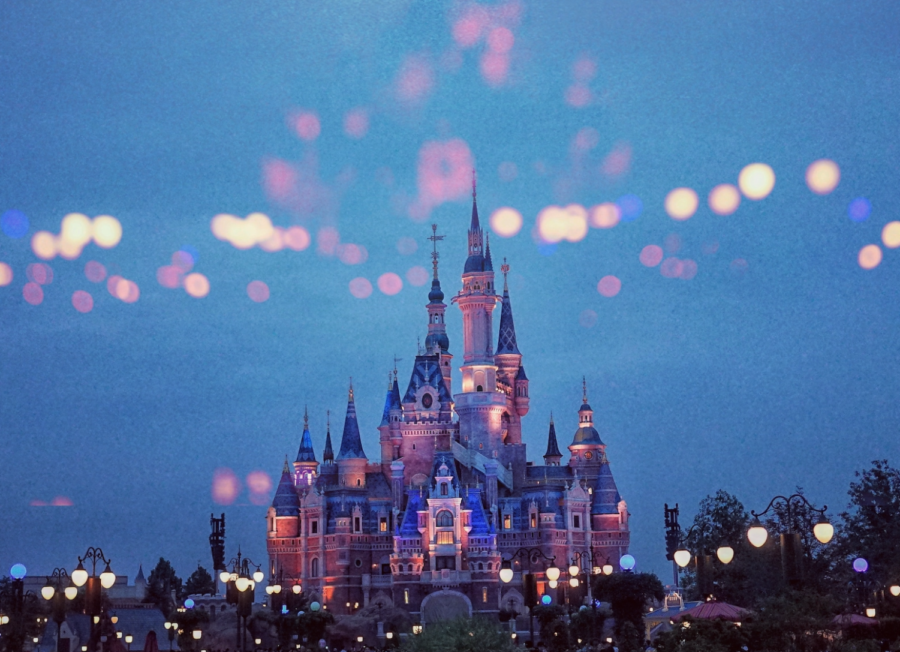The effect of Disney movies on societal gender roles
While Disney has played a critical role in the lives of many children, it continues to shape how they view themselves in the future.
October 4, 2021
Atlas K., whose last name can’t be shared due to personal reasons, said they always felt limited and not valued by the gender roles pushed onto them by Disney movies.
“If I don’t obey, in a way, and do everything, then I’m not good,” Atlas said. “If I don’t do the cleaning or get this perfectly done like everyone else does, then I have no value to anyone.”
Atlas, an undecided freshman at Iowa State, said they always noticed how Disney portrayed women and their roles differently than men, but they did not understand why. They continued to state that Disney movies such as “Cinderella” and “Snow White” made them believe that women were meant to cook and clean while men were supposed to adventure and save the damsel in distress.
Novotny Lawrence, an associate professor of journalism at Iowa State, said this thinking could be dangerous for many children.
“We’re asking a multi-entity corporation to essentially be progressive and to think about it [gender roles] in terms of the fact that peoples’ lives are at stake when you keep reproducing certain gender stereotypes,” Lawrence said.
According to Lawrence, Disney is a powerful socializing agent, influencing the lives of individuals in more ways than one would think. Lawrence said this tight hold Disney has on its audience could be used negatively or positively. In terms of gender roles, Lawrence said that Disney has had a clear effect on children and what children believe to be their role in society.
“Disney plays such a big part in kids’ lives, many kids that is, and you’re not thinking about it, but you do learn what it means to be a man or you do learn what it means to be a woman,” Lawrence said.
Atlas experienced this sensation first-hand as a child. According to them, they were told how they should act by watching certain Disney movies. For example, they explained that Disney taught them that female characters had to be helpless and needed to be saved by the princes.
When discussing how female characters were portrayed, Atlas questioned why female characters were always depicted as helpless and needing to be saved.
“You have to sit around and wait for something to happen?” Atlas said.” You have to wish upon a star for something to happen?”
Lawrence agreed. According to him, Disney not only affects how young females view themselves and their capabilities, but males as well.
“You have instances where you have women like Cinderella having to be saved by a prince, and that certainly reinforces ideologies that women are kind of weak, perhaps too emotional and should be perhaps submissive,” Lawrence said. “Whereas men are strong just by virtue of being men and have the ability to save women from any type of situation in which they might find themselves because that’s what men do.”
Lawrence also noted that while Disney might not be reinforcing these normalized gender roles with malicious intent, their intent doesn’t always matter when false ideologies are being continued.
But, according to Rachel Siller, a graduate student in wildlife ecology at Iowa State, there have been positive changes made in Disney movies within recent years.
“I definitely like the newer Disney princess movies,” Siller said. “There’s a little more agency to the people and they’re going out and doing things for themselves. It’s not your standard love at first sight.”
Beric S., whose last name also can’t be shared due to personal reasons, who is a sophomore in industrial technology at Iowa State, said that they appreciated how the movie “Rapunzel” gave both female and male characters more agency.
According to Atlas and Beric, another great example of Disney diversifying how they portray female and male characters is “Raya and the Last Dragon.”
Atlas said that Raya can be a powerful role model for younger girls cisgender women.
Lawrence said that Disney needs to continue to prioritize showing more diversity, whether that be showing characters of different races, sexual orientations or genders, because the media holds immense power in how it is reflected in society.
“We can use any piece of media as a teaching tool and as a teachable moment,” Lawrence said. “It need not ruin it, but it can enrich and heighten a child’s understanding of the text itself and the world in which we live.”

















